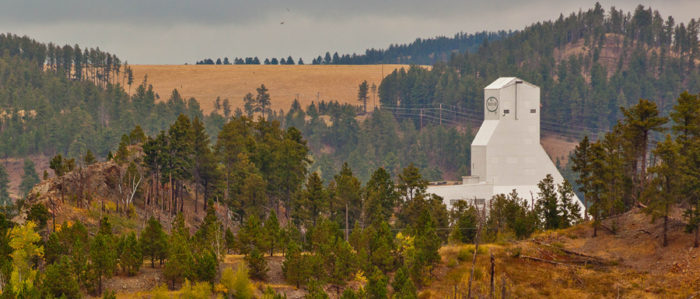Prototype camera set for integration into novel gamma-ray telescope
A unique high-speed camera, designed to capture the fleeting effects of gamma rays crashing into the Earth’s atmosphere, will soon be on its way from the University of Wisconsin–Madison to Arizona’s Mount Hopkins.
Fahey, Thomas-Greenfield, Chazen to receive UW-Madison honorary degrees
A groundbreaking atmospheric scientist, a brilliant U.S. diplomat and an esteemed businessman and philanthropist will be awarded honorary doctoral degrees at the University of Wisconsin–Madison in May.
On CBS58 Milwaukee: Group of UW researchers spend all year in Antarctica
Antarctica is the coldest place on Earth where the sun doesn’t shine for six months at a time, but it’s staffed by a group of scientists based out of Wisconsin all year long. Meteorologist Justin Thompson-Gee had the opportunity to talk with scientists of a research project called IceCube in Antarctica.
Stellar magnetism: What’s behind the most brilliant lights in the sky?
"The best picture yet of magnetic reconnection in space” offer insight into the role of magnetic reconnection in celestial explosions, eruptions and extraordinary emissions of energy.
In The Bleacher Report: Jonathan Taylor shoots for the stars at Wisconsin, not Harvard
Nothing could have prepared Jonathan Taylor for what he would experience on this college football recruiting trip. Not those college-level International Baccalaureate classes he was taking in high school, and certainly not the mean streets of Salem, New Jersey, where the greatest education of all was learned by steering clear of all that could go wrong.
Icebound detector reveals how ghostly neutrinos are stopped cold
Famously, neutrinos, the nearly massless particles that are a fundamental component of the universe, can zip through a million miles of lead without skipping a beat. Now, in a critical measurement that may one day help predict new physics beyond the Standard Model of particle physics, an international team of researchers with the IceCube Neutrino Observatory has shown how energized neutrinos can be stopped cold as they pass through the Earth.
UW awarded $12.5 million to study astrophysical plasma here on Earth
The U.S. Department of Energy has awarded $12.5 million to the University of Wisconsin–Madison to develop an integrated facility that will expand the frontier of astrophysical plasma research. Combining and extending two existing projects, the Big Red Plasma Ball and the Madison Symmetric Torus, the new Wisconsin Plasma Physics Laboratory, or WiPPL, will research fundamental properties of plasma in order to better understand our universe, where the hot gas is abundant.
In On Wisconsin Magazine: The Physics Museum
“I was always a tinkerer,” Steve Narf explains from his Chamberlin Hall workshop lined with towering cabinets, each one stuffed with an amazing array of tools, bolts, and wires. It seems fitting, then, that the Madison native returned to his hometown 22 years ago from the Twin Cities to manage the L. R. Ingersoll Physics Museum.
Hunting dark matter
UW-Madison scientists join forces with top physicists, engineers and technicians around the world to prove the existence of dark matter.
L&S Communications
South Hall, Bascom Mall
Madison, WI 53706
info@ls.wisc.edu









